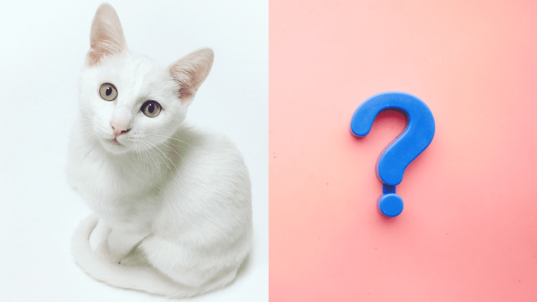Interactivity Foundation Project Discussions aim at generating contrasting conceptual policy possibilities with the hopes of expanding and enriching public thinking about a complex area of social and political concern. You might think of a “policy” as providing a sort of rule of action—in this case a rule for some collective or social action. Thinking about “public policy” means thinking about the ways that society might approach some area of public concern. But what does it mean to generate a “conceptual” policy possibility—and why would we do this?
You can think of “concepts” as the handles with which we grab hold of the world. Different concepts give us a different grip on reality and help us deal with it in different ways. You might think that a conceptual discussion has to be an abstract one, one that leads away from reality into a fog of empty or confusing ideas. But we’re thinking of concepts in a different way. Concepts can give us a way to penetrate to the heart of a matter—to expose the fundamental issues at question. By engaging people in a discussion of conceptual policy possibilities, we hope to enable citizens to penetrate to the heart of the matter. We want to give them the chance to try out different “handles” or “grips” by which we, as democratic citizens, might take hold of some area of our communal or social lives. We want to give people an opportunity to get down to the basic matters at root in the discussion without getting hung up in a lot of specific details about how a policy might be implemented.
Here’s a fairly recent illustration of what this could look like. In a Fresh Air interview about her book, The Three Trillion Dollar War (co-authored with Joseph Stiglitz), scholar Linda Bilmes talked about the US policy toward Iraq War veterans. Her comments were focused on care for injured veterans and how our policy at that time not only made it difficult for many of them to receive needed support but also added unnecessary administrative expenses. Bilmes went on to describe what we could call two different conceptual policy possibilities. The first possibility, embodied by our policy at the time, essentially asks, “How can we make sure that Iraq War veterans don’t get a penny more than they deserve?” According to this policy idea, the chief responsibility of government in regard to veterans is to make sure that no one undeserving gets assistance. The burden is on vets to prove that they deserve a certain level of support. A second conceptual policy could be summarized as asking, “How do we make sure that our veterans get all the help they need to return to civilian life?” The chief focus of government would be to make sure veterans get what they need when they come back home.
Keep in mind that citizens could discuss each of these conceptual policy possibilities without needing to master complex details of various administrative programs. Citizens could explore the basic ideas of each—and sketch out how each would lead to different programmatic consequences. The default in the first case is to assume that vets are undeserving of support until and unless they pass an adversarial administrative review. So the first policy would devote more funding to establish and maintain a greater administrative edifice to test veterans’ claims for support. The default in the second policy is to assume every veteran’s claim is worthy, and selectively audit a small percentage to test for fraud (analogous to our IRS policy of auditing only a small percentage of tax returns rather than every return). The second would put more of its funding into delivery of services (since selective audits would require a smaller administrative staff). Neither of the policy possibilities described by Bilmes is filled with obscure or empty abstractions. They each embody different basic attitudes toward veterans and our public responsibilities to them. They each lay out the different basic choices we might face as a society—including different choices about the kind of society we might want to be.
When we talk about conceptual possibilities in Interactivity Foundation discussions our aim is to help people think about such different basic choices. We don’t want to get away from reality and lose ourselves in empty or confusing abstractions. We want to get to the bottom of things and talk about the fundamentally different approaches that we might take as a society. As with Bilmes’ suggested policy ideas, the conceptual possibilities generated by an Interactivity Foundation project should help us to clarify the different basic choices we might face as democratic citizens. Along the way, they just may help us to see choices we would never have envisioned on our own.
–Jeff Prudhomme



